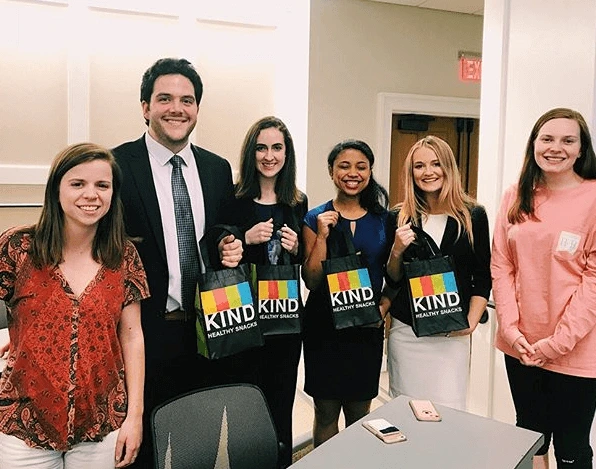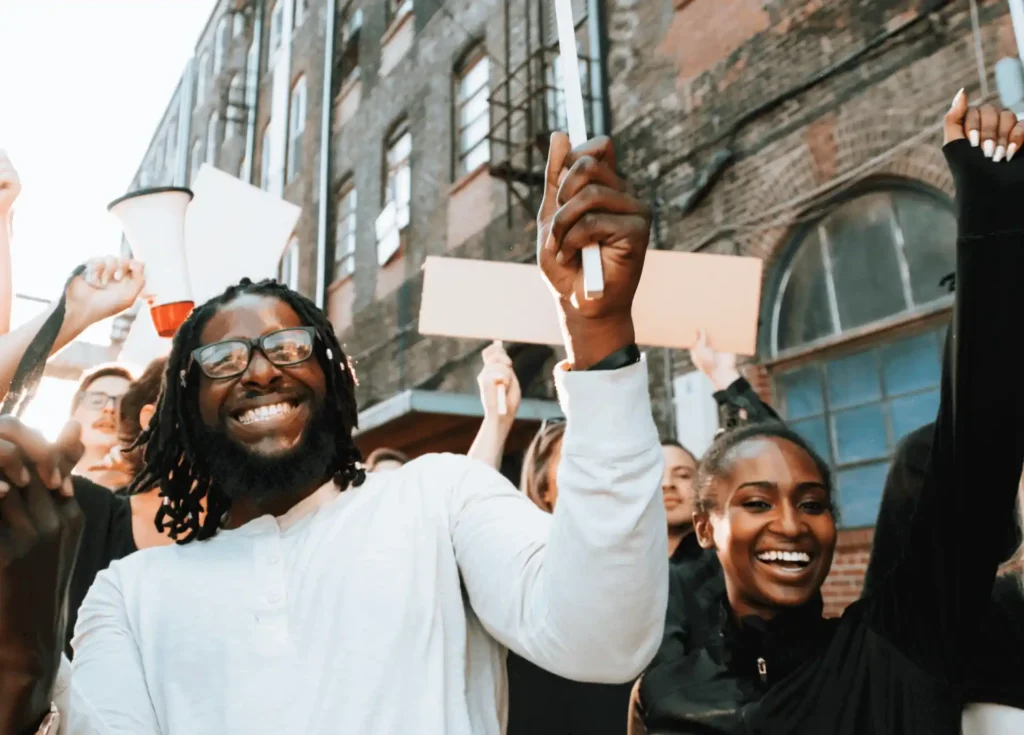Bud Light, Target, Disney, Kohls and others, are seeing tremendous backlash against their marketing campaigns celebrating the LGBTQ community.
- What do you think Bud Light should have done and what do you think they should do now?
- How will these market conditions affect how your brand supports June’s Gay Pride Month?
Gay Pride Month used to be an easy way for companies to signal support
Several years ago, I started collecting examples of “rainbow washing,” brands connecting to Gay Pride Month in superficial ways, not backed by anything meaningful. I had meant to write an article about how marketing around gay pride was starting to feel like “green washing”– empty virtue signaling around environmental sustainability. While many brands were taking a thoughtful and heartfelt approach and were putting in the work around gender equity, others just phoned it in.
Superficial Gay Pride Month rainbow washing was never a good idea. Now, it has become extremely risky. Brands need to take a considered and deliberate approach to the issue. And Bud Light has some serious work to do.
Will the LGBTQ controversy change gay pride marketing?
The days when a brand could pop a rainbow on their marketing for the month of June, check a box, and move on are over. The marketing landscape has most definitely changed.
Bud Light can’t give beer away in a controversy that has proven costly to the brand, lost billions for the company, and hurt the careers of the marketing executives behind the campaign. It isn’t just conservatives boycotting the brand. LGBTQ leaders have criticized the brand for backing down on its original stance. An attempt to change course with ads about cowboys and Clydesdales has been criticized as pandering, doubling down on damage to the brand.
Target is seeing similar backlash. Feelings are becoming heated, with violence threatened. After Target backed pulled LGBTQ merchandise, several Target stores received bomb threats from a group claiming to be of the LGBTQ community.
What is a brand to do?
Before taking a political stance: Key questions for brands
Several years ago, we ran a post “Should a brand take a political stance?” about brands and issue advocacy. The issue deserves another look. In our original article, we compiled a list of questions that brand leaders should ask before embarking on cause or issue marketing. Here’s an update:
- Why should our brand make this stand?
- Who is the target for this message?
- What is this going to achieve for the cause? How will it impact our brand?
- Can our brand credibly and relevantly lead on this issue?
- Does our position turn off as many people as it pleases? Are we ready and willing to take the consequences?
- Is using our brand and marketing to forward this stance this the best use of our resources or will we make better progress through other means?
What should Bud Light do now?
The big question is what about Bud Light? If you were suddenly hired as the head of Bud Light marketing today, how would you answer the questions below? I’ve peppered in my thoughts to spark the debate (they are mine, not those of the New York American Marketing Association). We will add your civil and thoughtful comments below.
Should Bud Light have gone with the Mulvaney campaign?
It surprises me that the brand was caught by surprise by the controversy. The complexity and increasingly strident tone of debate on the issue is no secret. Taking a stance was clearly going to be divisive. If they were going to do this, they needed to be very comfortable picking a side and living with commercial consequences. “They” in this case means all upper management and even shareholders.
How should Bud Light have faced the controversy?
Once Bud Light came out for this issue, they should have stood resolute. Once you jump out of an airplane, it is too late to try to claw your way back in. The company may have lost their cowboy and frat boy core audience, but by backing down, they also also lost their LGBTQ audience. In failing to stand by their original position—particularly by following up with pandering ads—they created a lose-lose situation.
What should Bud Light marketers do now?
The audience for Bud Light has irreversibly changed. They have lost their original audience, but perhaps can earn back the LGBTQ audience. Now, go back to their LGBTQ stance and embrace it. Apologize for going weak-kneed, then go all-in supporting the LGBTQ community and hope there is forgiveness. Bud Light will be a smaller brand, but it will be authentic. Is any other beer owning this segment? Bud Light could dominate it. When you show a true commitment to a market segment, they will show true commitment to the brand. Perhaps Bud Light is already taking this route? The only other alternative is to discontinue the brand, and that is a lose-lose.
Share your thoughts and we will publish them.

















